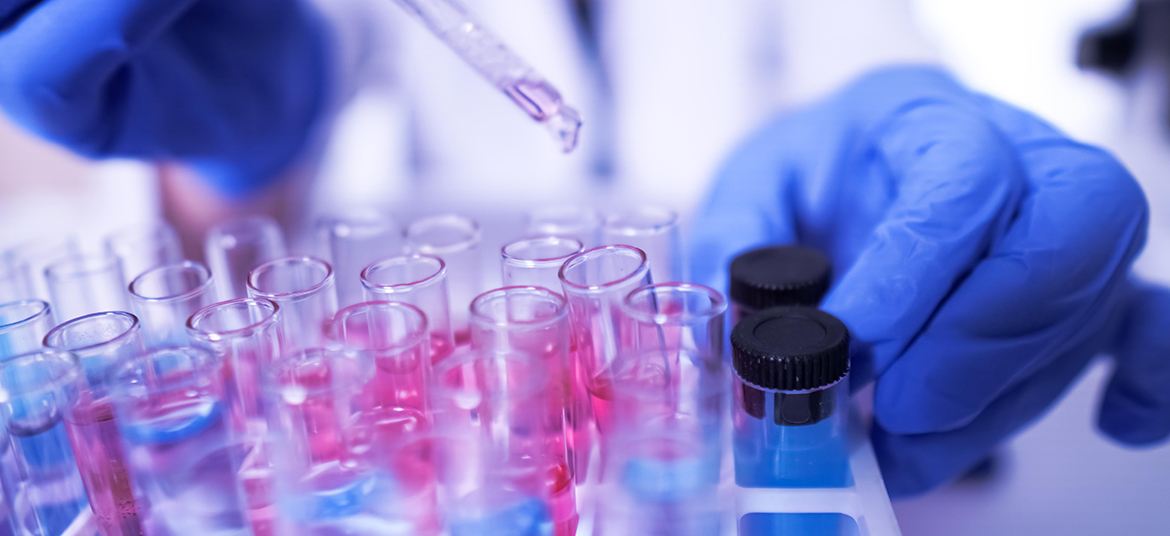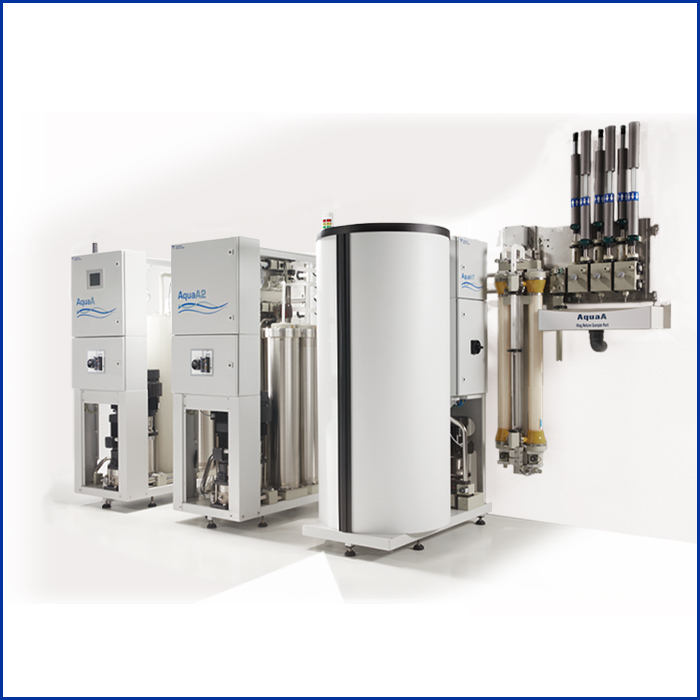
Renal Research Institute Examines Pool Testing to Identify Patients with COVID-19
A new mathematical model developed by the Renal Research Institute, a division of Fresenius Medical Care North America, suggests that pool testing for COVID-19 would offer advantages over individual testing for screening groups of people when the rate of infection in the population is relatively low. Just days after the study was published in JAMA Open Network, Dr. Anthony Fauci, the nation's top infectious disease expert, reportedly said the White House coronavirus task force is considering the strategy to improve testing capabilities.
“The model shows that with certain test characteristics and proper grouping, pool testing may be substantially better than individual testing,” said Alhaji Cherif, PhD, senior mathematician at the Renal Research Institute and lead author of the study. “Pool testing has the potential to be more efficient and less costly, without increasing the probability of false-negative results,”
Pool testing mixes samples from many individuals and tests the grouped sample with one diagnostic instead of separate tests. A negative test quickly eliminates everyone in the larger group. A positive test requires retesting each individual sample.
Cherif said the pool testing strategy is best used in naturally occurring groups of people, including “first responders, classrooms, hospital departments, events, and long-term care facilities.” The strategy would allow large groups, such as those working in a manufacturing facility, to be tested quickly and more frequently in order to detect a positive case earlier.
Peter Kotanko, Research Director of the Renal Research Institute and co-author of the study, says he was first intrigued by the idea of pool testing as a potential way to quickly test large numbers of dialysis patients who are at higher risk of complications from COVID-19. The organization has a mission to improve the outcomes of patients with kidney disease. But he soon realized that it would be even better to expand their research on the general population to find a solution for testing large numbers of people more quickly.
As part of this work, the research team, which also included biochemists Nadja Grobe, PhD and Xiaoling Wang, PhD, developed a mathematical model to simulate the risk of false negatives considering three determining factors: COVID-19 prevalence, test sensitivity, and patient pool size. For example, in a population with a 1 percent disease prevalence and using an on-the-market diagnostic test, the optimal strategy would require 13 subjects per group. In this example, pool testing could reduce the number of tests required to only 16 percent of the number needed for individual testing.
“We found that when the rate of infection is less than 30 percent in the population of interest, pool testing can be a great strategy,” said Kotanko. “We hope this research helps guide critical policy decisions as health officials look to increase testing capabilities across the country.”
The JAMA study has been getting more attention since reports emerged that the government is looking seriously at pool testing as a national strategy. After only a few days, the study is one of the most shared publications in the history of the Renal Research Institute. The research team has been interviewed by national print and broadcast news media including The Hill and KCBS radio.



